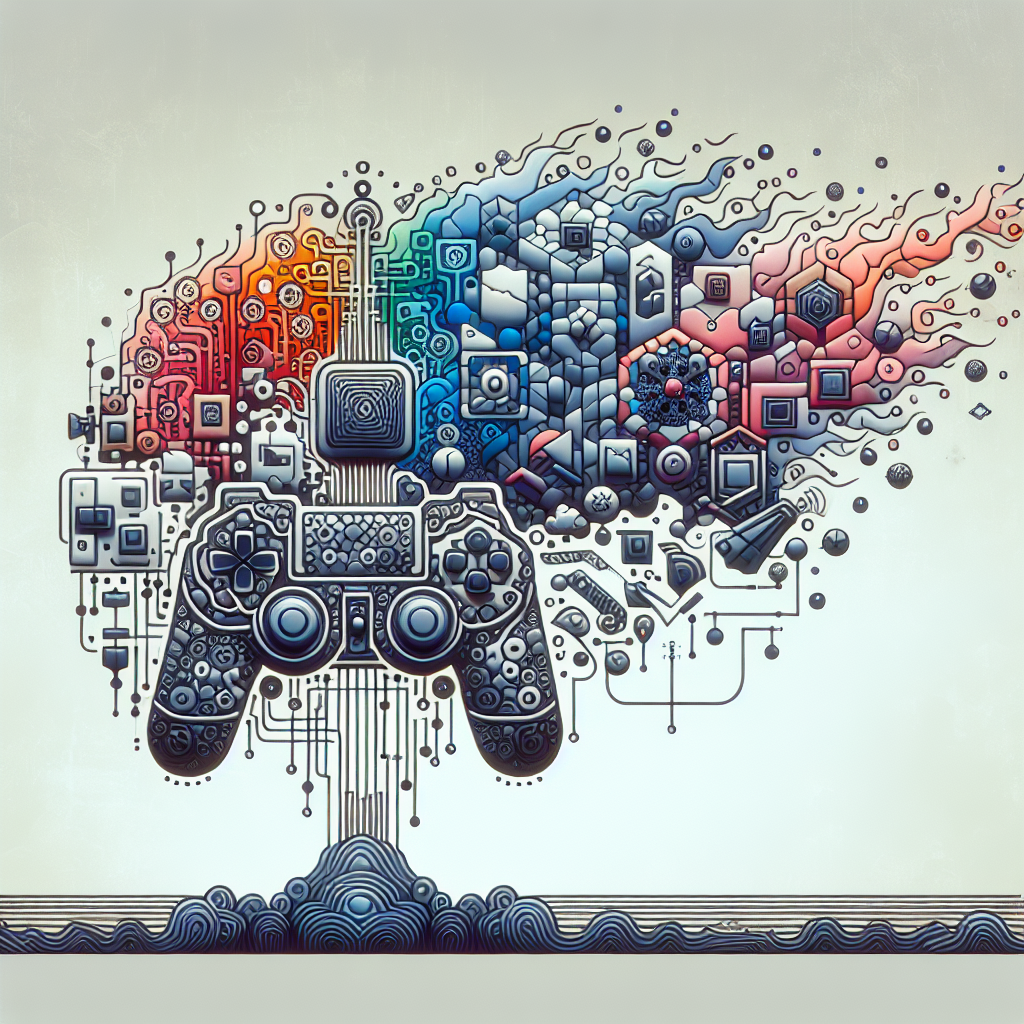Artificial intelligence (AI) has made significant advancements in recent years, impacting various industries and aspects of our daily lives. One area where AI has had a profound impact is in the gaming industry, particularly in the realm of game difficulty levels. AI technology has been used to enhance the gaming experience by creating more challenging and dynamic gameplay, ultimately providing a more immersive and engaging experience for players. In this article, we will explore the impact of AI on game difficulty levels and how it has changed the way games are developed and played.
AI in Gaming
Artificial intelligence refers to the simulation of human intelligence processes by machines, particularly computer systems. In the gaming industry, AI technology is used to create virtual opponents that can adapt and learn from player behavior, ultimately providing a more challenging and realistic gaming experience. AI-driven gameplay can range from simple decision-making algorithms to complex neural networks that can mimic human-like behavior.
One of the key ways AI has impacted game difficulty levels is through the creation of adaptive difficulty systems. These systems use AI algorithms to analyze player performance and adjust the difficulty level of the game accordingly. For example, if a player is struggling with a particular level or boss fight, the AI can dynamically adjust the difficulty by altering enemy behavior, increasing or decreasing the number of enemies, or changing the layout of the level. This ensures that players are constantly challenged and engaged, without becoming frustrated or disinterested.
Another way AI has influenced game difficulty levels is through the creation of intelligent enemy AI. Traditionally, enemy AI in games would follow predetermined patterns or scripts, making them predictable and easy to defeat. With the advancement of AI technology, developers can create enemies that can adapt to player tactics, learn from their mistakes, and make strategic decisions in real-time. This not only makes the gameplay more challenging and dynamic but also creates a more immersive and realistic gaming experience.
Furthermore, AI technology has enabled developers to create more complex and realistic game worlds. AI-driven algorithms can generate procedurally generated content, such as levels, enemies, and quests, making each playthrough unique and unpredictable. This not only increases replay value but also provides a more engaging and immersive experience for players.
Impact on Players
The impact of AI on game difficulty levels has been largely positive for players. By creating more challenging and dynamic gameplay, AI technology has enhanced the overall gaming experience, providing players with a more immersive and engaging experience. Players are constantly challenged and forced to adapt their strategies, keeping the gameplay fresh and exciting.
AI-driven adaptive difficulty systems have also made games more accessible to a wider audience. Players of all skill levels can enjoy games with adaptive difficulty, as the game adjusts to their performance and ensures they are constantly challenged but not overwhelmed. This has made games more inclusive and appealing to a broader audience, ultimately increasing the popularity and success of games.
Furthermore, intelligent enemy AI has made gameplay more strategic and rewarding. Players are forced to think critically, adapt their tactics, and make strategic decisions in real-time, creating a more immersive and satisfying gaming experience. Instead of relying on memorization or repetition, players must use their skills and creativity to overcome challenges, making the gameplay more dynamic and engaging.
Overall, the impact of AI on game difficulty levels has been transformative, enhancing the gaming experience for players and pushing the boundaries of what is possible in game development. As AI technology continues to evolve, we can expect to see even more innovative and challenging gameplay experiences in the future.
FAQs
Q: How does AI adjust the difficulty level of games?
A: AI uses algorithms to analyze player performance and behavior, then dynamically adjusts the difficulty level of the game by altering enemy behavior, increasing or decreasing the number of enemies, or changing the layout of the level.
Q: Can players disable adaptive difficulty systems in games?
A: Some games allow players to disable adaptive difficulty systems or adjust the difficulty level manually. However, many players enjoy the challenge and engagement provided by adaptive difficulty systems.
Q: How does AI create intelligent enemy AI in games?
A: AI-driven algorithms are used to create enemies that can adapt to player tactics, learn from their mistakes, and make strategic decisions in real-time. This creates more challenging and dynamic gameplay for players.
Q: Are there any drawbacks to AI-driven game difficulty levels?
A: Some players may find AI-driven game difficulty levels to be too challenging or frustrating. However, adaptive difficulty systems are designed to ensure that players are constantly challenged but not overwhelmed, providing a more engaging and satisfying gaming experience.

